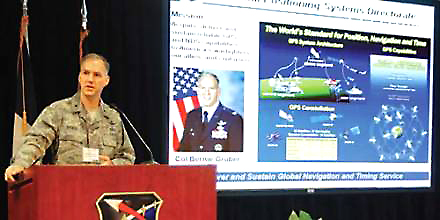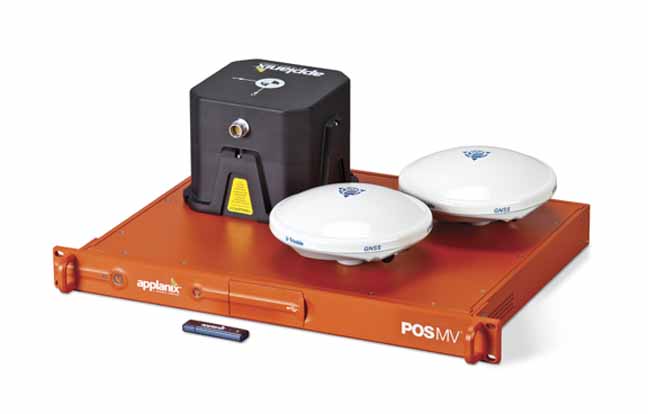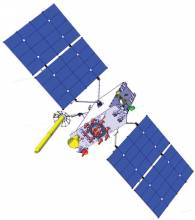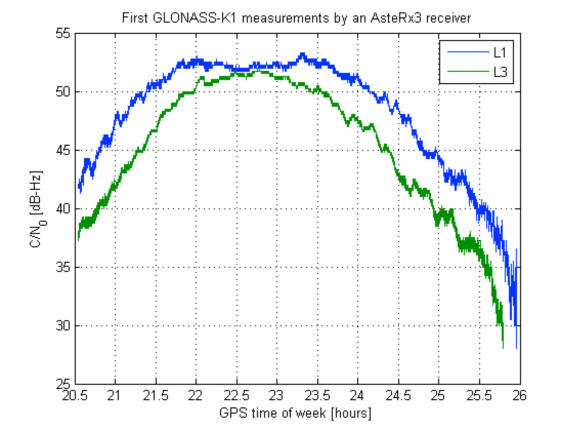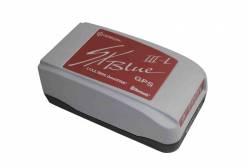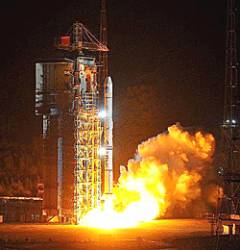Modernization Times
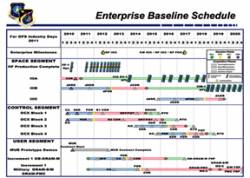 Enterprise Baseline Schedule
Enterprise Baseline ScheduleCol. Bernie Gruber, commander of the GPS Directorate since June 2010, works in a busy place.
Through its various incarnations since being established in 1974 — as Joint Program Office, Air Force Wing, and now Directorate — the GPS program at the Space and Missile Systems Center (SMC), Los Angeles Air Force Base, California, has been at the center of the action.
By Inside GNSS
